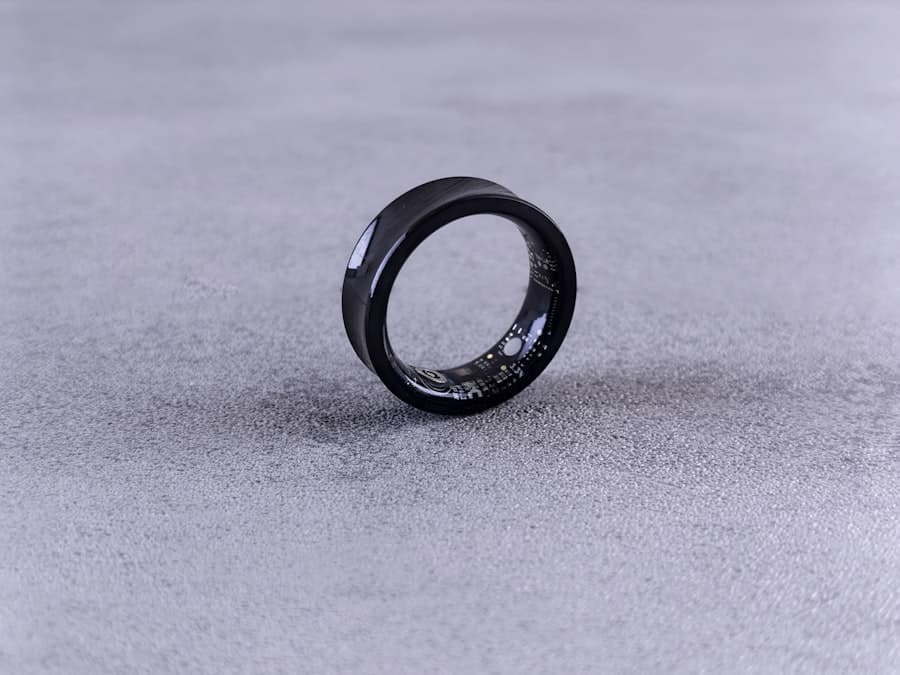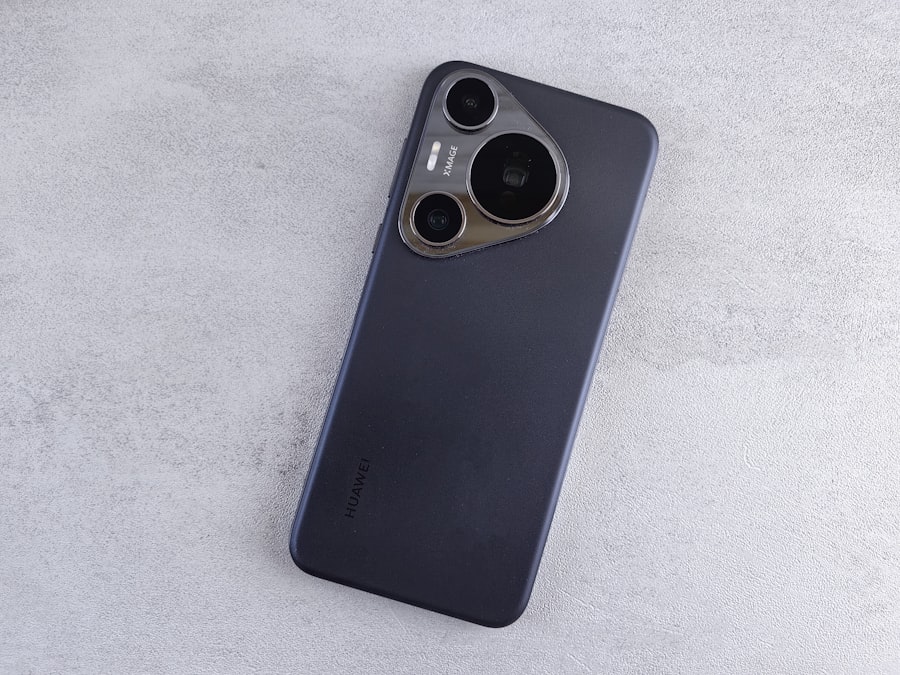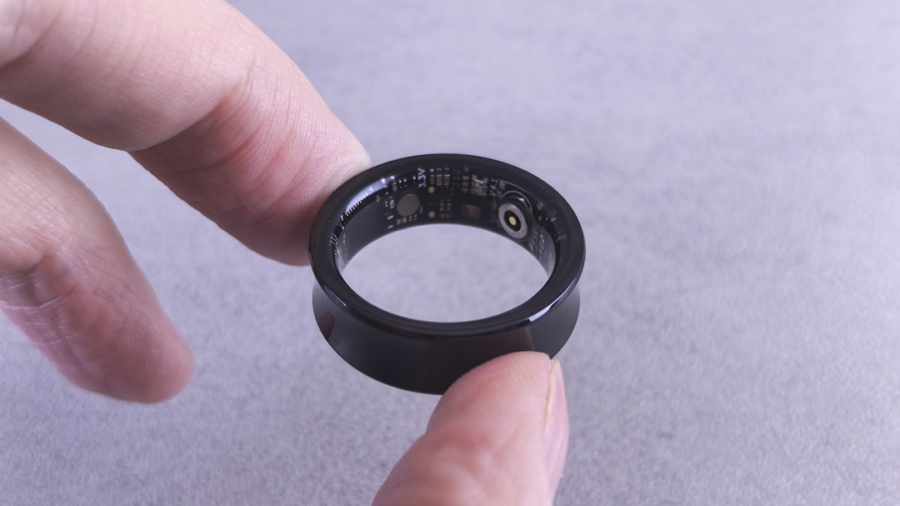In recent years, minimalism has emerged as a significant trend within consumer culture, reflecting a broader societal shift towards simplicity and intentionality. This movement is characterized by a conscious effort to reduce excess and prioritize quality over quantity. As consumers become increasingly aware of the environmental and psychological impacts of overconsumption, many are gravitating towards minimalist lifestyles that emphasize the importance of owning fewer, but more meaningful possessions.
This shift is not merely a fleeting fad; it represents a fundamental change in how individuals perceive their relationship with material goods. The rise of minimalism can be attributed to various factors, including the influence of social media, where platforms like Instagram and Pinterest showcase aesthetically pleasing, uncluttered spaces. Influencers and thought leaders advocate for a lifestyle that values experiences over possessions, encouraging followers to embrace simplicity.
Additionally, the global pandemic has prompted many to reevaluate their priorities, leading to a surge in interest in decluttering and simplifying one’s life. As people seek solace in a chaotic world, minimalism offers a pathway to tranquility through the reduction of physical and mental clutter.
Key Takeaways
- Minimalism is on the rise in consumer culture, with people seeking to simplify their lives and reduce clutter.
- Minimalist smart devices offer benefits such as improved focus, reduced distractions, and increased efficiency.
- These devices enhance productivity by streamlining tasks, minimizing distractions, and promoting a more organized work environment.
- Minimalist smart devices have a positive environmental impact by reducing electronic waste and promoting sustainable design.
- The aesthetic appeal of minimalist smart devices lies in their sleek, simple design and ability to blend seamlessly into any environment.
The Benefits of Minimalist Smart Devices
Minimalist smart devices epitomize the principles of minimalism by combining functionality with sleek design. These devices are engineered to streamline daily tasks while eliminating unnecessary features that can complicate user experience. One of the primary benefits of minimalist smart devices is their ability to reduce cognitive load.
By offering only essential functions, these devices allow users to focus on what truly matters without being overwhelmed by superfluous options. For instance, a minimalist smart thermostat may provide basic temperature control and energy-saving features without the distraction of excessive settings or complicated interfaces. Moreover, minimalist smart devices often boast superior build quality and longevity.
Manufacturers that adhere to minimalist design principles tend to prioritize durability and sustainability, resulting in products that not only perform well but also stand the test of time. This focus on quality over quantity aligns perfectly with the minimalist ethos, as consumers are encouraged to invest in fewer items that deliver greater value. For example, a minimalist smart speaker may offer high-quality sound and voice control capabilities while maintaining a simple, elegant design that seamlessly integrates into any home environment.
How Minimalist Smart Devices Enhance Productivity

The integration of minimalist smart devices into daily routines can significantly enhance productivity by fostering an environment conducive to focus and efficiency. These devices often feature intuitive interfaces that minimize distractions, allowing users to accomplish tasks more swiftly. For instance, a minimalist smart planner app can help individuals organize their schedules without the clutter of unnecessary features, enabling them to prioritize tasks effectively and allocate their time wisely.
Additionally, minimalist smart devices often promote automation, which can further streamline workflows. By utilizing smart home technology, users can automate routine tasks such as adjusting lighting or controlling appliances with simple voice commands or through a single app. This level of convenience not only saves time but also reduces decision fatigue, allowing individuals to concentrate on more critical aspects of their work or personal lives.
For example, a minimalist smart lighting system can be programmed to adjust automatically based on the time of day or user preferences, creating an optimal working environment without requiring constant manual adjustments.
The Environmental Impact of Minimalist Smart Devices
The environmental implications of consumer choices are becoming increasingly significant as awareness of climate change and resource depletion grows. Minimalist smart devices contribute positively to this discourse by promoting sustainability through their design and functionality. By encouraging consumers to invest in fewer, high-quality products rather than a multitude of disposable items, these devices help reduce waste and resource consumption.
For instance, a minimalist smart appliance designed for energy efficiency not only lowers utility bills but also minimizes the carbon footprint associated with excessive energy use. Furthermore, many manufacturers of minimalist smart devices are adopting eco-friendly practices in their production processes. This includes using sustainable materials, reducing packaging waste, and implementing recycling programs for old devices.
By prioritizing sustainability in their design philosophy, these companies are not only appealing to environmentally conscious consumers but also setting a precedent for responsible manufacturing practices within the tech industry. As consumers increasingly demand transparency and accountability from brands, the environmental benefits of minimalist smart devices will likely play a crucial role in shaping future purchasing decisions.
The Aesthetic Appeal of Minimalist Smart Devices
Aesthetic considerations are paramount in the design of minimalist smart devices, which often feature clean lines, neutral color palettes, and unobtrusive forms that blend seamlessly into various environments. This visual appeal is not merely superficial; it reflects a deeper philosophy that values simplicity and elegance. The aesthetic qualities of these devices can enhance the overall ambiance of a space, creating an atmosphere that is both calming and sophisticated.
For example, a minimalist smart display can serve as both a functional device and an art piece, showcasing beautiful visuals while providing essential information at a glance. Moreover, the aesthetic appeal of minimalist smart devices extends beyond their physical appearance; it also encompasses user experience. The intuitive interfaces and straightforward functionalities contribute to a sense of ease and satisfaction when interacting with these products.
This harmonious blend of form and function resonates with consumers who appreciate not only how a device looks but also how it feels to use it. As more individuals seek to curate their living spaces with intention, the demand for aesthetically pleasing minimalist smart devices continues to grow.
The Simplicity and Ease of Use of Minimalist Smart Devices

One of the defining characteristics of minimalist smart devices is their emphasis on simplicity and ease of use. In an age where technology can often feel overwhelming, these devices stand out by offering straightforward solutions that cater to users’ needs without unnecessary complexity. For instance, a minimalist smart home hub may allow users to control various connected devices through a single interface, eliminating the need for multiple apps or complicated setups.
This streamlined approach not only enhances user satisfaction but also encourages broader adoption among those who may be intimidated by technology. The ease of use associated with minimalist smart devices is particularly beneficial for individuals who may not be tech-savvy. By prioritizing user-friendly designs and clear instructions, manufacturers can ensure that their products are accessible to a wider audience.
This inclusivity is essential in fostering a culture where technology serves as an enabler rather than a barrier.
The Trend Towards Decluttering and Simplifying Lifestyles
The trend towards decluttering and simplifying lifestyles has gained momentum as individuals seek to create more meaningful lives free from the burden of excess possessions. This movement is often inspired by the principles of minimalism, which advocate for intentional living and mindfulness in consumption habits. As people recognize the psychological benefits of decluttering—such as reduced stress and increased focus—they are increasingly motivated to adopt minimalist practices in various aspects of their lives.
This cultural shift is reflected in the popularity of decluttering methods such as Marie Kondo’s KonMari method or the “one in, one out” rule, which encourages individuals to evaluate their belongings critically before acquiring new items. The rise of social media platforms has further amplified this trend, with countless influencers sharing their decluttering journeys and offering tips for simplifying one’s life. As consumers embrace this ethos, they are more likely to gravitate towards minimalist smart devices that align with their values and support their efforts to create a more organized and intentional living space.
The Future of Minimalist Smart Devices in the Consumer Market
As consumer preferences continue to evolve towards minimalism and sustainability, the future of minimalist smart devices appears promising. Manufacturers are likely to respond by developing innovative products that prioritize simplicity, functionality, and environmental responsibility. This could lead to an expansion in the range of available devices that cater specifically to minimalist lifestyles—ranging from smart home systems that integrate seamlessly into everyday life to wearable technology designed with elegance and ease of use in mind.
Moreover, as technology advances, we may see an increase in the capabilities of minimalist smart devices without compromising their core principles. For instance, advancements in artificial intelligence could enable these devices to learn user preferences over time while maintaining intuitive interfaces that prioritize user experience. This balance between sophistication and simplicity will be crucial in appealing to consumers who seek both cutting-edge technology and a clutter-free lifestyle.
In conclusion, the trajectory of minimalist smart devices within consumer culture reflects broader societal trends towards intentional living and sustainability. As individuals continue to embrace minimalism as a lifestyle choice, the demand for products that embody these values will likely shape the future landscape of technology and consumer goods.
In today’s fast-paced world, minimalist smart devices are gaining traction among modern consumers who seek simplicity and efficiency in their tech gadgets. This trend is not only evident in the realm of smart devices but also in the smartphone industry, where consumers are gravitating towards products that offer a seamless and straightforward user experience. A related article that delves into this phenomenon is What Makes the Google Pixel Phone Different. This article explores how the Google Pixel phone stands out by focusing on essential features and a clean user interface, aligning with the minimalist approach that appeals to today’s tech-savvy consumers.
FAQs
What are minimalist smart devices?
Minimalist smart devices are electronic gadgets that are designed with a focus on simplicity and functionality. These devices often have a clean and sleek design, with minimal buttons and features, and are intended to provide a streamlined user experience.
Why do minimalist smart devices appeal to modern consumers?
Minimalist smart devices appeal to modern consumers for several reasons. They offer a clutter-free and unobtrusive design that fits well with modern aesthetics. Additionally, minimalist smart devices often prioritize essential features and functionality, providing a more focused and user-friendly experience.
What are some examples of minimalist smart devices?
Examples of minimalist smart devices include smartwatches with simple and clean interfaces, minimalist smart home devices such as sleek thermostats and minimalist smart speakers with a focus on high-quality sound and minimalistic design.
How do minimalist smart devices enhance the user experience?
Minimalist smart devices enhance the user experience by providing a more intuitive and less overwhelming interface. By focusing on essential features and reducing unnecessary clutter, these devices make it easier for users to interact with and benefit from their technology.
What are the potential drawbacks of minimalist smart devices?
While minimalist smart devices offer a streamlined and simplified experience, some users may find that they lack certain advanced features or customization options that are available in more complex devices. Additionally, the minimalist design may not appeal to all consumers who prefer a more visually stimulating or feature-rich experience.

